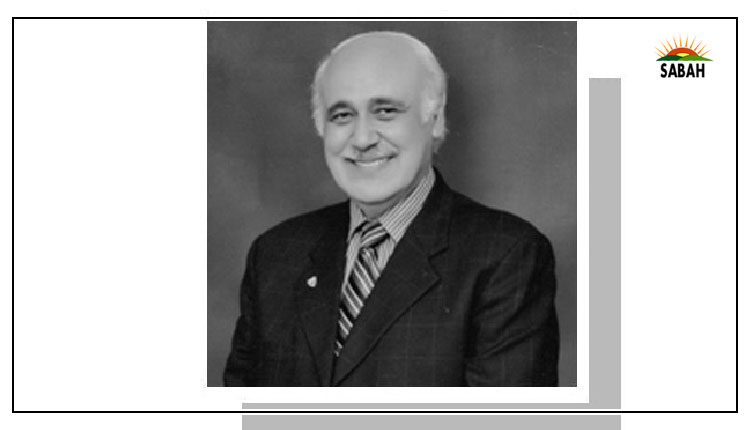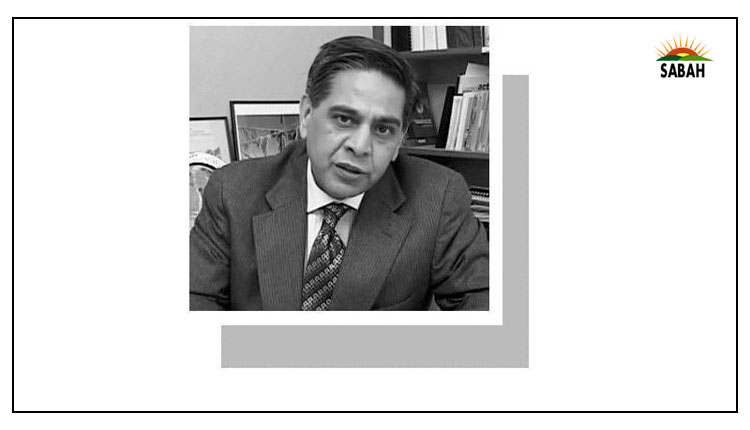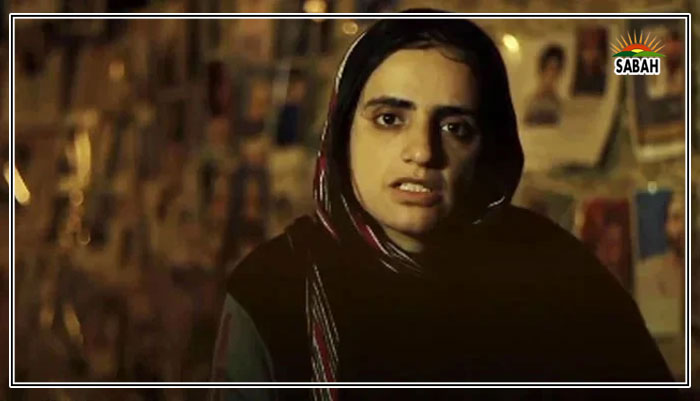Will AI replace doctors? ….Dr Rana Jawad Asghar
Nearly ten years ago, I was invited to a high-level meeting of WHO in Geneva. This was after the disastrous global health response to the Ebola outbreak in Africa. To avoid this situation in the future, WHO invited around one hundred experts from various disciplines from around the world and put this question in front of them. “How could we predict epidemics?” The experts invited were not all just from the health discipline but included professors of mathematics, computer sciences, metrology, and even law enforcing agencies.
The issue was raised: now that our supercomputer could easily predict seasonal patterns and the path of a hurricane, why can’t we predict the next epidemic or pandemic? Before that, even Google published a scientific paper that, by analysing how people put questions in the Google bar, they could better predict flu outbreaks than the US Centers for Disease Control and Prevention (US-CDC). So maybe we don’t need old-style disease surveillance, and we could do it more accurately using supercomputer modeling.
In this group of experts, I hesitantly raised my hand and asked permission to speak. I asked why, after 2001, intelligence agencies, with immense resources available to them both financially and access to personal information that a health system could never dream of, still couldn’t predict the next terrorist attack by just using computer models. Yes, weather prediction has been immensely improved by computer and AI use, but there we are dealing with physics. If air speed, humidity and heat are in a certain range, computers could easily predict the next situation in most cases. Air speed or humidity will not change its mind, but humans do, and that is why they are unpredictable. So, you need old-fashioned disease surveillance, certainly complemented by all the latest tools available. Later in the Covid-19 pandemic, we saw how big names in computer modeling clearly failed to predict the disease progression for even a few weeks in advance.
When I was a clinician, many of my patients would come from very far away. I also knew that nearly all doctors would be giving similar prescriptions in most routine cases. Once I asked this question to one of my patients, and he told me, “Yes, Doctor Sahib, we have many doctors close by, but when we talk with you, half of our illness is already gone.” He was referring to an important quality that every doctor should have, which is empathy. Knowing that our doctors care about us and not just money builds patient-doctor trust, which unfortunately is fast dwindling today. We also need to remember that in humans, there is a significant placebo effect. That is, if the patient perceives that he is taking medicine (even though he may be taking just a sugar pill), his situation may improve in a few cases.
AI has not just appeared in a vacuum, as automated computer systems are providing rudimentary AI services. AI could help doctors in avoiding drug interactions, keeping better access to medical records, and helping in differential diagnosis and treatment (all this has happened for many decades). AI will never replace a human physician, even in diagnosis, because a doctor could look into the eyes and figure out that the person may have other life issues responsible for his physical complaints.
When I was in medical college, my professor of medicine taught us, “Treat the patient, not the lab.” The problem with AI will be that it will offer treatment based on numbers and not to a specific individual human being who has a brain. So, if you are a doctor and your practice has already been shifted toward more process-driven, then you should be worried that there may be less difference between AI and you as both don’t have a personal connection with patients. All those old-fashioned doctors who listen to patients and spend time understanding their history and think about that individual person before prescribing treatment should be fine. AI could never replace an actual human doctor. Are you?
Courtesy The Express Tribune, May 8th, 2024.












